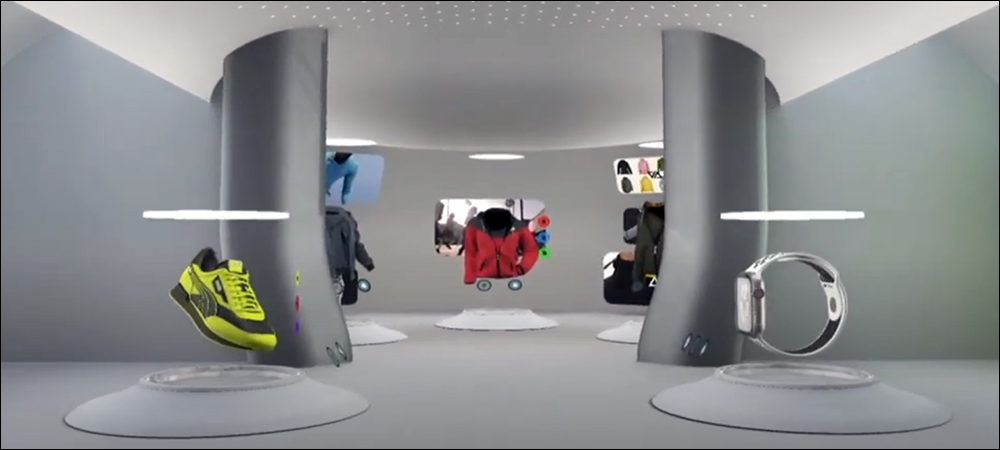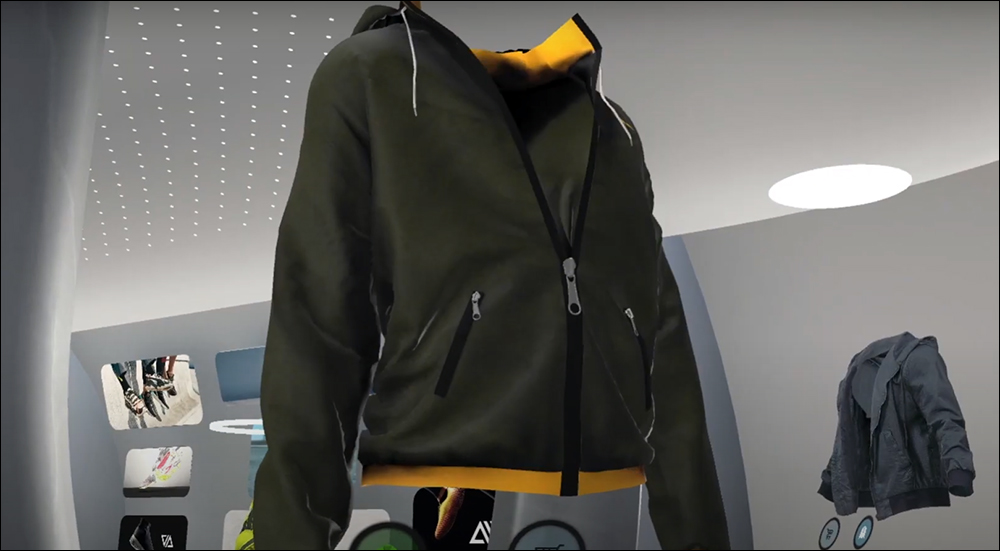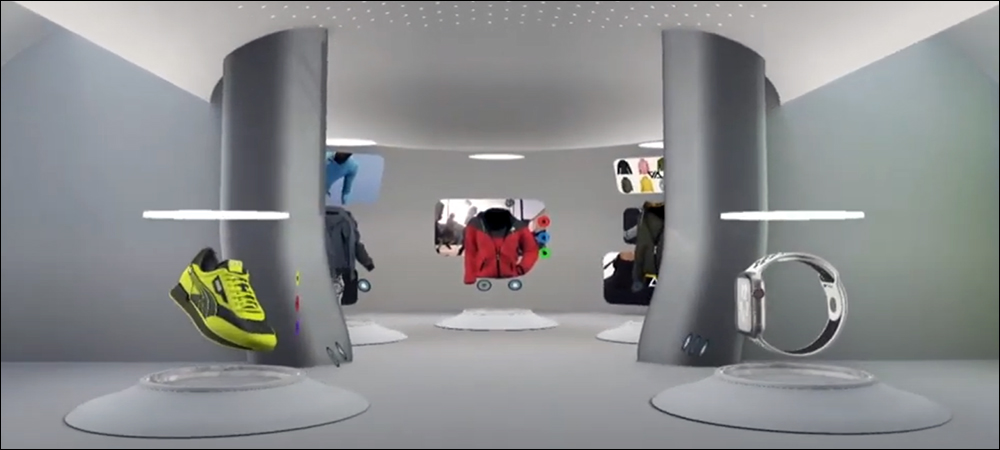MetaVRse is offering businesses a way to provide a shopping experience, training or tours, in a virtual showroom rather than with the previously required physical presence. The Web-based solution allows users to enter a store’s digital showroom and move around products in a 3D environment as though they were physically there. They can view products from different angles, zoom in, look inside and access relevant content like videos. “It offers a whole new perspective on retail,” says Alan Smithson, MetaVRse’s cofounder and CEO.
In addition, the system aids with education by bringing everything from a surgical procedure to the workings of a new consumer electronics device into a three-dimensional virtual experience, as part of what the company calls Interactive 3D Configurators. Individuals can explore an object, see its inner workings and thereby learn how to operate, maintain or repair it. The software platform can include interactive product demonstrations, inspections or maintenance, as a few examples.

Typically, companies display products represented by CAD models, and they can also provide photogrammetry, 3D modeling or light detection and ranging (LIDAR) scanning in their showrooms. The result, Smithson says, is an immersive, interactive experience that a business can offer to customers, clients or personnel, with a limited amount of coding and no special devices required. Companies that have begun using the system have asked to remain unnamed, but he says they fall into several industries: fashion and apparel, automotive, architecture, real estate and healthcare.
Interactive 3D experiences are nothing new. Several organizations have already been deploying the technology for gaming and other applications, and they are typically managed via an app. However, such solutions can be limiting when it comes to using a variety of devices, browsers and operating systems, Smithson says. The goal of MetaVRse, therefore, is to enable the designing of a 3D experience from any browser or device, using the company’s 3D game engine, and to provide access to that experience for consumers.

Alan Smithson
The company spent four years in stealth development before launching the virtual showroom in June 2020. More recently, it has formed global partnerships with a variety of technology companies, including Qualcomm, gaming company Oculus, software firm Autodesk, GPU maker Nvidia, technology company Creative Destruction Lab and accelerator Founders Factory.
With the system, Smithson says, users build custom experiences with the company’s drag-and-drop, Web-based 3D editor functionality. At the center of the solution is what the firm calls “extended reality” (XR), an interactive communication medium with 3D interaction and spatial computing that combines virtual, augmented and mixed realities. Modeling can be accomplished with CAD images, photogrammetry that offers surveying and mapping features, or LIDAR scanning that can capture the scan of a building, formation or other object, based on reflected light.
“Our mission is to unlock the power of these technologies, Smithson says. Users first create their showroom in editor mode by opening a scene, then adding images, videos, text and 3D objects. If they cannot create their own images, they can purchase 3D images or acquire them from a product manufacturer. The showroom can accommodate up to 40 megabytes of data per scene.
For retailers, the system is designed to help them put products on display, link those goods to additional content and offer purchasing options. Shoppers could, for instance, explore a shoe from various angles, including its sole and interior, before making a purchase. The showroom could provide marketing or advertising displays for consumers. However, the system is also being used by businesses that offer virtual training. A company could, for example, create a 3D image of a piece of equipment in a modular way so that it could be opened or taken apart, then enable consumers or personnel to view information about how to maintain that item.

For healthcare, the XR solution could help with surgical training by providing a 3D image of a patient. The system could also be applied to Internet of Things (IoT) technologies. For instance, if an individual were using IoT-based sensors to capture their location, they could then access relevant imagery and content based on where they were, such as machine-operating instructions for a workstation. In another use case, a ship fleet’s manager could enter a specific vessel’s bridge and leverage IoT sensor data, along with XR system visuals, to move around inside the space, zooming in on views of specific console data using 5G or other wireless connectivity.
The technology’s open nature means the resultant solutions will be highly diverse, Smithson says. “Our system is open to the Web and works on all browsers,” he states, as well as with Android- and iOS-based devices for the Apple iPhone 6 and above. The system is free for basic users for up to five projects and 5,000 views per month. Companies creating more projects or gaining more views will pay a monthly fee.
Smithson and his wife Julie launched MetaVRse in Ontario, Canada, in 2016. The firm has since developed solutions such as a VR photobooth, WebAR, ARPortal and a 360-degree video platform. Its navigation system was developed by another company, Cherry 3D, which is now part of MetaVRse. The company expects deployments to begin simple, Smithson says, but the virtual showrooms are designed to expand as users gain comfort with the technology.
“We encourage small trials first,” Smithson states. “Take it to your tech team, to your executive team. Try it, play with it.” Projects have been developed in this way, he explains, with full rollouts following within a matter of weeks. The long-term vision is much larger, though. “It’s starting to snowball. Our ultimate goal is to use the technology for the betterment of humankind.”
As part of that effort, the Smithsons are dedicating 25 percent of their MetaVRse shares to build a new education system by which students around the world can attend virtual classrooms in an economic, social and environmentally sustainable manner. In the long term, MetaVRse has a view of VR, AR, XR and AI becoming everyday life, and they predict that everyone may be wearing glasses by 2025, thus providing a digital layer of data that will deliver “superhuman abilities.”


